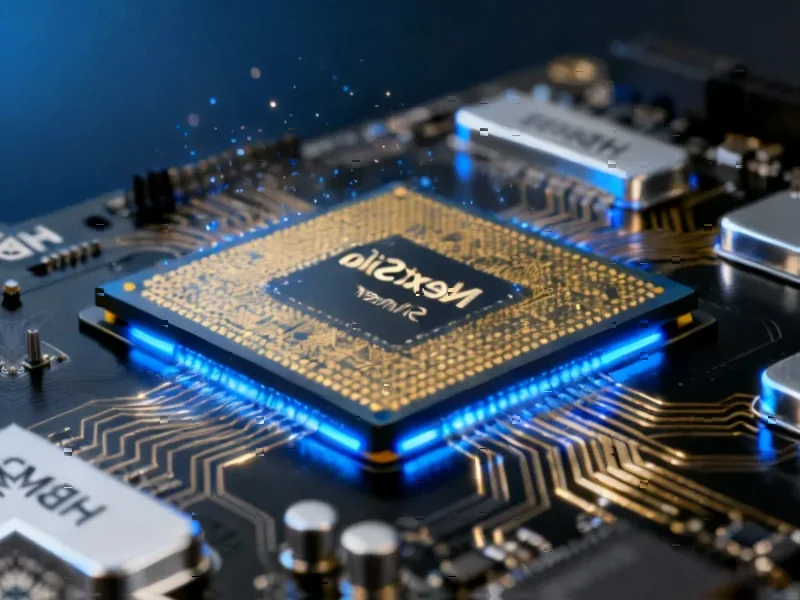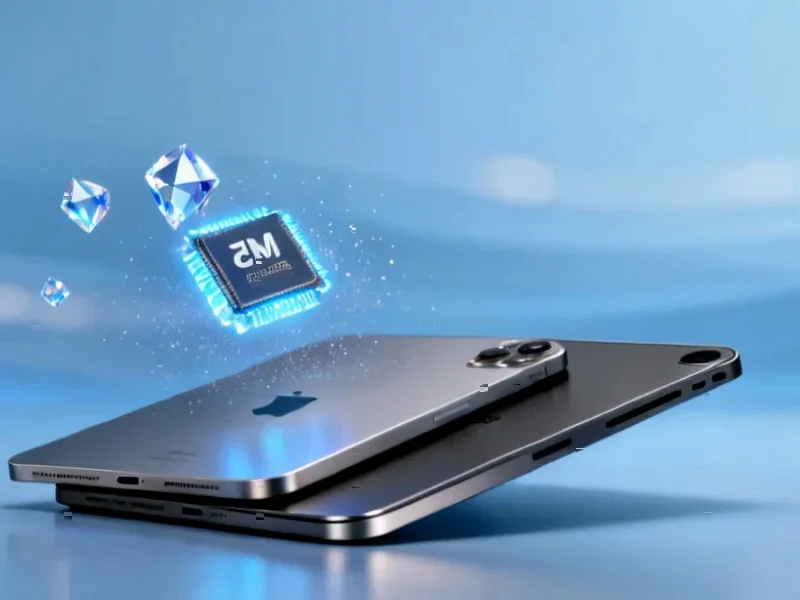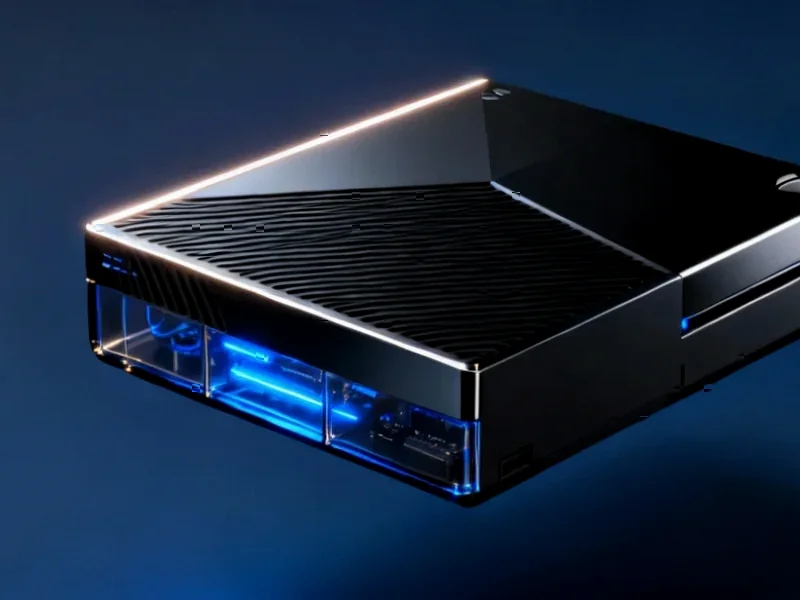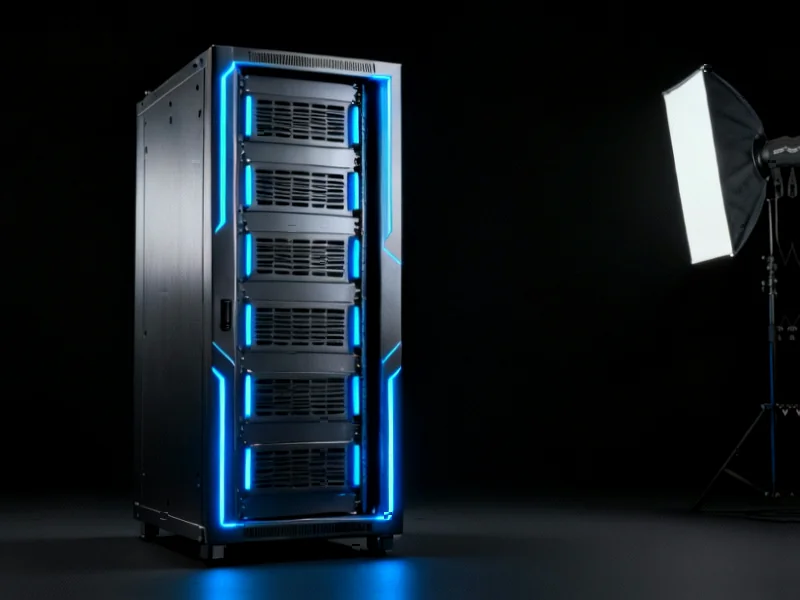Architectural Shift in GPU Identification
NVIDIA appears to be laying the groundwork for its next-generation graphics processors through significant changes to its open-source driver infrastructure. According to recent patch submissions to the Nouveau driver project, the company is moving away from a long-standing hardware identification method that has been used across multiple GPU generations.
Table of Contents
Sources monitoring the development indicate that future NVIDIA GPUs will no longer use the NV_PMC_BOOT_0 register to store architecture and revision details. Instead, these critical identification parameters will migrate to NV_PMC_BOOT_42, while the traditional boot0 register will be zeroed out entirely. This represents a fundamental shift in how NVIDIA’s hardware communicates its capabilities to software systems.
Driver Compatibility Strategy
The driver modifications reveal an interesting approach to future-proofing. Reports suggest the updated selection logic will automatically claim Turing and later-generation GPUs without requiring additional code changes. This forward-looking design means the same driver logic should work seamlessly from the oldest supported GPUs on Linux systems all the way through future, unannounced architectures.
Industry observers note this represents a significant simplification in driver maintenance. By removing the Spec and Revision types from the codebase, NVIDIA’s open-source team has reportedly eliminated 33 lines of code while streamlining the overall architecture. The cleaner code structure should make future enhancements more straightforward to implement.
Industry Implications
This early visibility into NVIDIA’s architectural planning provides valuable insights for the broader technology ecosystem. Hardware identification changes of this magnitude typically signal substantial underlying architectural evolution rather than incremental improvements. Analysts suggest such foundational shifts often accompany major performance or feature enhancements in new GPU generations.
The timing of these driver preparations is particularly noteworthy. According to development community discussions, these patches represent some of the earliest concrete indicators of how NVIDIA’s future graphics processors will differ from current designs. The company’s increased engagement with the open-source driver community through these preparatory changes suggests a growing recognition of Linux’s importance in professional and data center markets.
As the industry watches for signs of NVIDIA’s next architectural moves, these driver-level preparations offer the first tangible evidence of the company’s technical direction. The streamlined approach to hardware identification and the simplified code structure point toward a more unified driver architecture capable of spanning multiple future GPU generations with minimal modifications.
Related Articles You May Find Interesting
- EquipmentShare Bonds Plunge Amid Boardroom Fraud Allegations
- Microsoft Rushes Emergency Patch for Critical Windows Server Flaw Under Active Attack
- German Companies Forced to Share Supply Chain Secrets With China
- US-China Trade Officials Race to Salvage Trump-Xi Summit in Malaysia Talks
- Polaris Sells Majority Stake in Indian Motorcycle to Private Equity



